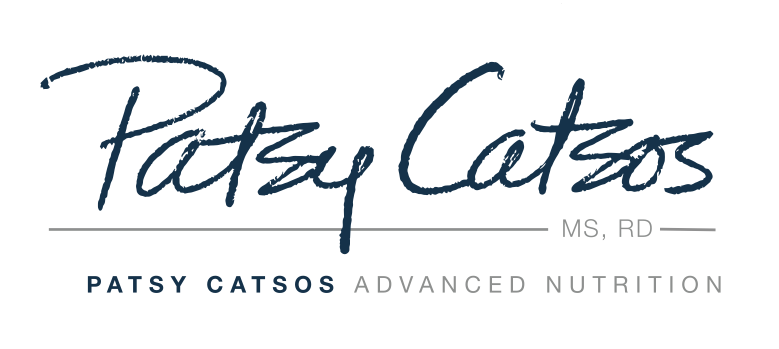Q. Even though my Crohn’s disease is supposedly in remission, I have ongoing problems with abdominal pain, bloating and diarrhea. I’d like to try a low-FODMAP diet, but I’m not sure whether I need to make changes to it, since I don’t have straight-on IBS.
Short answer: If you have no history of obstructions, you can probably use the program in The IBS Elimination Diet and Cookbook like anyone else. If you have a history of strictures or intestinal obstruction, you may need to modify the type, amount, and form of fiber that you consume. To be on the safe side, you should discuss your plans with your doctor or dietitian.
Most readers of this blog have irritable bowel syndrome (IBS) not inflammatory bowel disease (IBD—Crohn’s disease or ulcerative colitis). If you are concerned that you might have IBD, read this first, then discuss your concerns with your primary care provider or gastroenterologist.
If Crohn’s disease causes the lumen of your gut, usually in the small intestine, to become too narrow, your low-FODMAP diet may have to be modified with the assistance of a registered dietitian.
Some people with Crohn’s disease are prone to developing intestinal obstructions. These occur when the lumen of the gut (the passageway through the intestine) becomes too narrow due to thickening of the intestinal wall from inflammation or the buildup of scar tissue.
Inflammation can improve with remission, allowing the passageway through the gut to go back toward normal. But scar tissue cannot be reversed with medication. It stays there, even in remission, unless is it surgically removed. Some patients with Crohn’s have more scarring and stricturing than others.
If you have no history of stricture or obstruction, and are now in remission, you will probably get the go-ahead from your doctor to eat normal food textures and amounts of fiber. Give the low-FODMAP diet a try as written, both the elimination and reintroduction phases, if you feel you could benefit from some addition improvement in your symptoms.
But, if you still have strictures in your gut, particularly if you have ever had an obstruction, you should work with a dietitian to modify the diet. For example, popcorn is low-FODMAP, and doesn’t even have to be portion-controlled for a FODMAP elimination diet. But eating a bucket of popcorn would be highly inadvisable for a patient at risk for obstruction. The same might go for unpeeled or raw vegetables, unless small portions are pureed in a smoothie. Whole nuts might not be a good idea; nut butters would be better. There are many more details to address when modifying a low-FODMAP diet for fiber and texture. Your dietitian will help you make sure that you aren’t eating foods that could get stuck in the narrow area of your narrow intestines and create a blockage. Both the elimination phase of the diet and the foods selected for the reintroduction process will need attention.
This page may contain affiliate links. We are a participant in the Amazon Services LLC Associates Program, an affiliate advertising program designed to provide a means for us to earn fees by linking to Amazon.com and affiliated sites.


